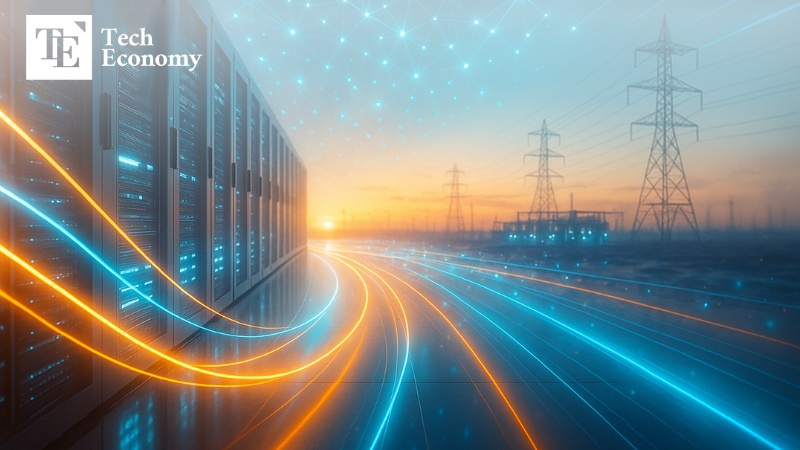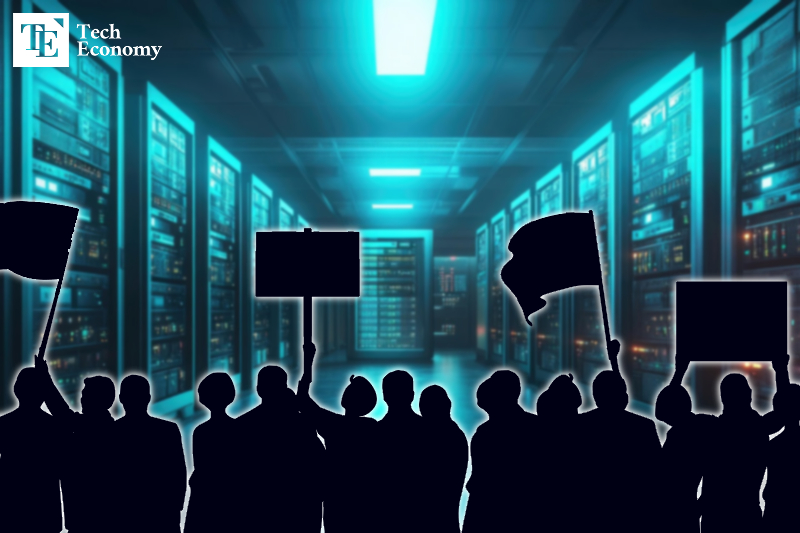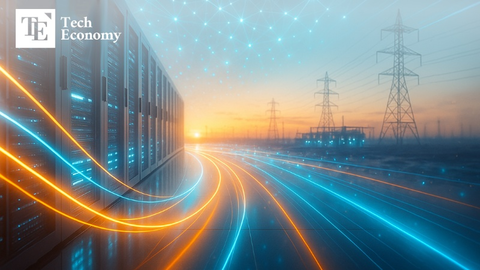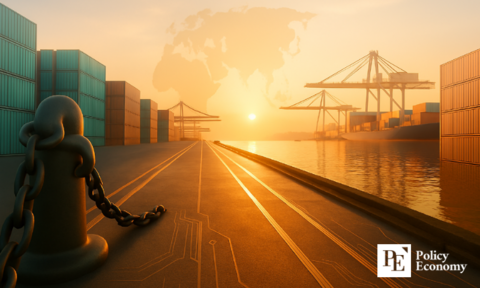Australia’s Data Centers Face Backlash as “Water-Guzzling Giants,” Raising Fears of a Global Water Conflict
Input
Modified
Surging demand for cooling water fuels local disputes
Big Tech expands aggressive investment
Concerns grow over depletion of public resources

The rapid construction of data centers across Australia is intensifying concerns over water scarcity. In Sydney, even as a flood of large-scale investments pours in, critics argue that water-use regulations remain dangerously lax. In Melbourne, projected annual consumption equivalent to the needs of 330,000 residents is heightening tensions. Experts warn that Big Tech’s aggressive push will further deepen global conflicts over water resources.
Mounting Concerns as the Data Center Boom Drains Supplies
According to Reuters on the 15th, authorities in Sydney have been accused of neglecting water-use oversight in their rush to attract a booming global data center industry worth nearly USD 134 billion. Since 2021, the New South Wales government has approved all 10 submitted data center projects, without requiring specific projections of water demand, fueling controversy.
Reuters reported that data centers built by Microsoft, Amazon, and Blackstone-backed AirTrunk will involve construction costs totaling USD 4.4 billion but could consume as much as 9.6 gigaliters (GL) of water annually once completed. This amounts to roughly 2% of Sydney’s total supply, a sizable share for a single industry. Sydney Water, the state’s water utility, warned that if demand continues to grow at this pace, data centers could consume one-quarter of the city’s usable water by 2035.
The problem is compounded by Sydney’s limited water infrastructure, which relies on a single dam and one desalination plant—insufficient to cope with rising demand from both population growth and climate change. In 2019, when drought and bushfires hit simultaneously, 5.3 million residents were restricted from watering gardens or washing cars. Experts warn that in a system already struggling to balance supply and demand, adding more data centers will exacerbate shortages during future droughts.
Local opposition is also intensifying. In Blacktown, where Amazon, Microsoft, and AirTrunk are building massive facilities, city council members have criticized approvals pushed through without public consultation, with some calling for delays. While companies insist they will minimize water use during cooling operations, doubts remain. Critics argue that relying solely on voluntary corporate pledges is untenable given that water infrastructure and local communities are already stretched to the limit.
Conditions are little different in Melbourne. In western Victoria, 19 new data centers have applied for permits, with projected annual consumption of 19,000 megaliters (ML)—equivalent to the yearly needs of 330,000 Melbourne residents. Yet authorities continue to promote approvals, citing abundant land and electricity, fueling escalating disputes.
Amazon Expands as Australia Becomes AI Hub
Despite the clash between water scarcity and data center growth, Amazon has pledged to ramp up its Australian investment. In June, the company announced it would invest USD 13.4 billion by 2029 to expand, operate, and maintain its local data center infrastructure. This marks the largest-ever technology investment in Australia, aligned with Canberra’s strategy to bolster artificial intelligence (AI) capacity and meet surging demand for cloud services.
Through Amazon Web Services (AWS), the company already operates facilities in Sydney and Melbourne, while also opening a Local Zone in Perth. Over the past decade, Amazon has expanded infrastructure nationwide. In July last year, it partnered with the Australian government to provide a top-secret AWS cloud tailored to national security and defense. Its latest plan accelerates this trajectory, with a heavy concentration of new facilities in Sydney and Melbourne over the next five years.
To power its expanding operations, Amazon is also investing in renewable energy. It is building three solar farms in Victoria and Queensland with a combined output exceeding 170 megawatts (MW) and already operates eight renewable projects across New South Wales, Queensland, and Victoria. Once all 11 projects are fully operational, they will generate 1.4 million megawatt-hours (MWh) annually—enough to supply electricity to roughly 290,000 homes.
But while the blueprint advances Australia’s cloud and AI ambitions, it inevitably intensifies structural strains over water. The very nature of data center cooling makes water consumption unavoidable. With communities in Sydney and Melbourne already warning of shortages, further expansion risks amplifying the crisis. This means that alongside promises of economic growth and technological innovation, Australia faces mounting challenges in water management.

Weak Regulations Deepen Corporate-Community Tensions
The notion of data centers as “water-guzzling giants” is far from new. Their structural dependence on vast volumes of cooling water—sometimes millions of liters daily—has long drawn scrutiny. According to the International Energy Agency (IEA), a single 100 MW facility can consume up to 2 million liters a day, enough for 6,500 households. The agency warns such figures could double by 2030, turning water use into not just an industrial issue but a climate-linked risk factor.
What makes matters worse is that these facilities are often built in water-stressed regions. Bloomberg’s analysis shows that more than two-thirds of new AI-focused data centers built since 2022 are located in areas facing scarcity. In the United States, massive projects are underway in drought-stricken Texas and Arizona, while similar developments stretch across the Middle East, India, and China. Sites are chosen based on “cheap land” in areas “too dry for people,” inevitably setting the stage for conflict.
In response, Microsoft, Google, and Amazon have pledged to achieve “water positive” operations by 2030—returning more water to the environment than they consume. Yet skepticism persists. Most AI-driven facilities remain reliant on evaporative cooling, and analysts predict this will still be the case in 2028. Without stronger regulation, experts argue, the industry’s expansion risks colliding with the very principles of environmental sustainability.






















Comment